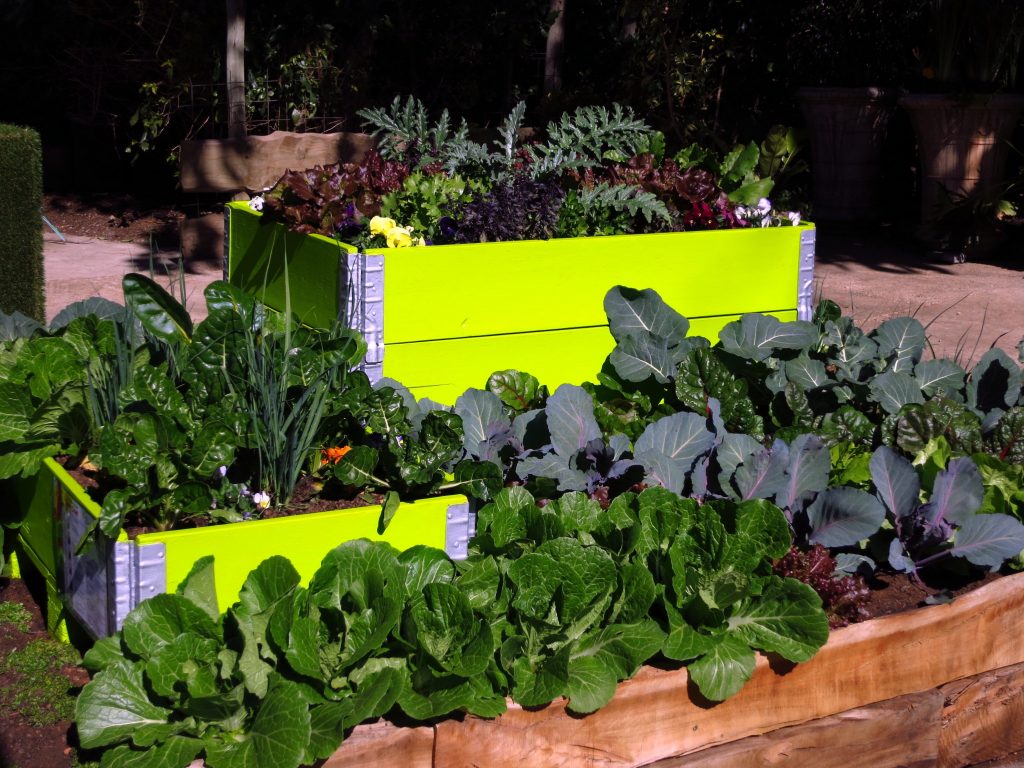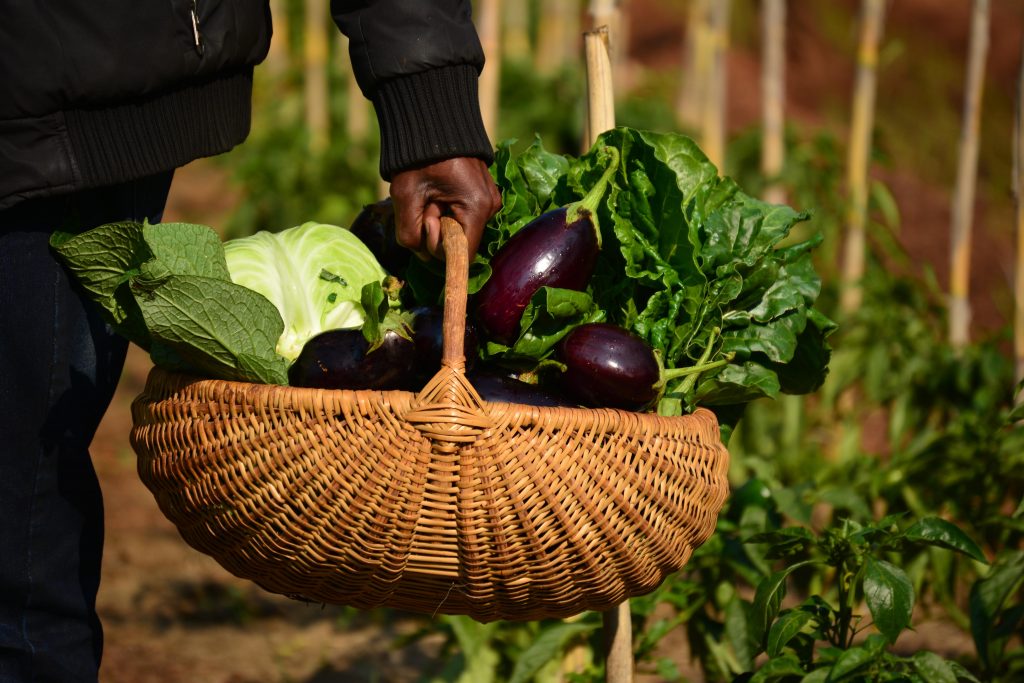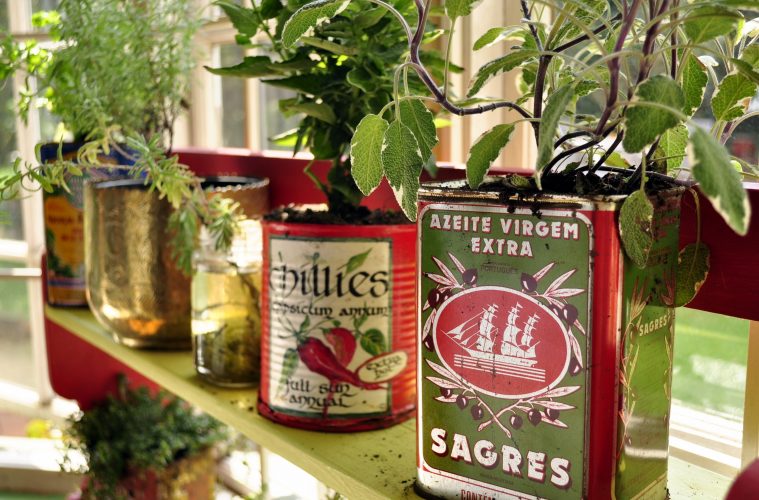For city dwellers with no garden, there are many alternatives for growing your own food.
Edible rooftop gardens
These are an option for many city dwellers – an edible garden on top of a shed, garage or cottage. Many apartment and office blocks have a flat top or a level section over the parking.
Roof top gardens range from a couple of simple containers to covering an entire rooftop. There are practical factors to take into consideration – particularly if you are planning a larger garden. You need to allow for weight, safety, water flow, wind and access.
- Consult a structural engineer to assess the loading capacity and provide a kilogram per square metre rate. They will advise you on water flow (even a flat roof is designed for water to flow off it). Ascertain where the lowest point is and channel the water in that direction. Ideally, install pathways in the natural path of the water flow. A flat roof will need to be waterproofed.
- Install safety balustrades.
- Rooftops are more exposed to wind and sun and benefit from water-wise methods such as mulching, intensive planting and grouping.

Containers
These make good use of limited space and produce a surprisingly large harvest when fed and watered correctly. They can be placed on a patio or indoors on a sunny windowsill. Don’t spend a fortune on pots as many items can be recycled and adapted – just make sure they have drainage holes. Options include wooden boxes, terracotta pots, tin cans and colourful buckets. Containers are ideal for those with mobility or back problems and if renting you can move your garden with you.
Growing medium
A growing medium’s functions are to provide water, nutrients and support for plants’ roots. It needs to drain so roots don’t sit in wet soil but also needs to retain sufficient moisture. Using just compost or digging up some garden soil won’t result in happy plants. A good recipe includes a mixture of:
- 1 part pre-soaked coco peat.
- 2 to 3 parts sieved fertile compost.
- ½ part topsoil, to provide nutrients, density and natural organisms.
- A few scoops of well-rotted manure.
- Slow-release organic fertiliser, applied according to the packet instructions. In deep containers, only add this to the top third.
Container Garden tips
Match the right container with the right plants. For robust vegetables (tomatoes, eggplant, squash and fruit trees) choose wide, deep containers. Shallow-rooted vegetables (lettuces, spring onions, spinach and many herbs) will grow in smaller ones. Plants with long tap roots (carrots, radishes, beetroot and parsley) need a container 30-35cm deep.
Community Gardening
These are springing up in many urban spaces, from neglected bowling greens in middle-class neighbourhoods to unused pieces of land in informal settlements. They’re a good choice for gardeners who don’t have space to grow vegetables, or don’t have the time to maintain their own garden.

Tips for a successful community garden
- Research and speak to others with experience.
- Define the goals, scope and size of the project to ensure everyone has similar expectations.
- Specify the type of garden and what it will contain. Include an outline of design and plants, including long-term plants such as fruit trees.
- A committed group of core volunteers is essential. List all participants and include their level of gardening expertise and other areas of useful knowledge and contacts. Elect a project manager and a steering committee. Specify all members’ roles.
- Draw up a project plan listing the planned phases and what resources each stage requires.
ALSO SEE: COMPOSTING 101

